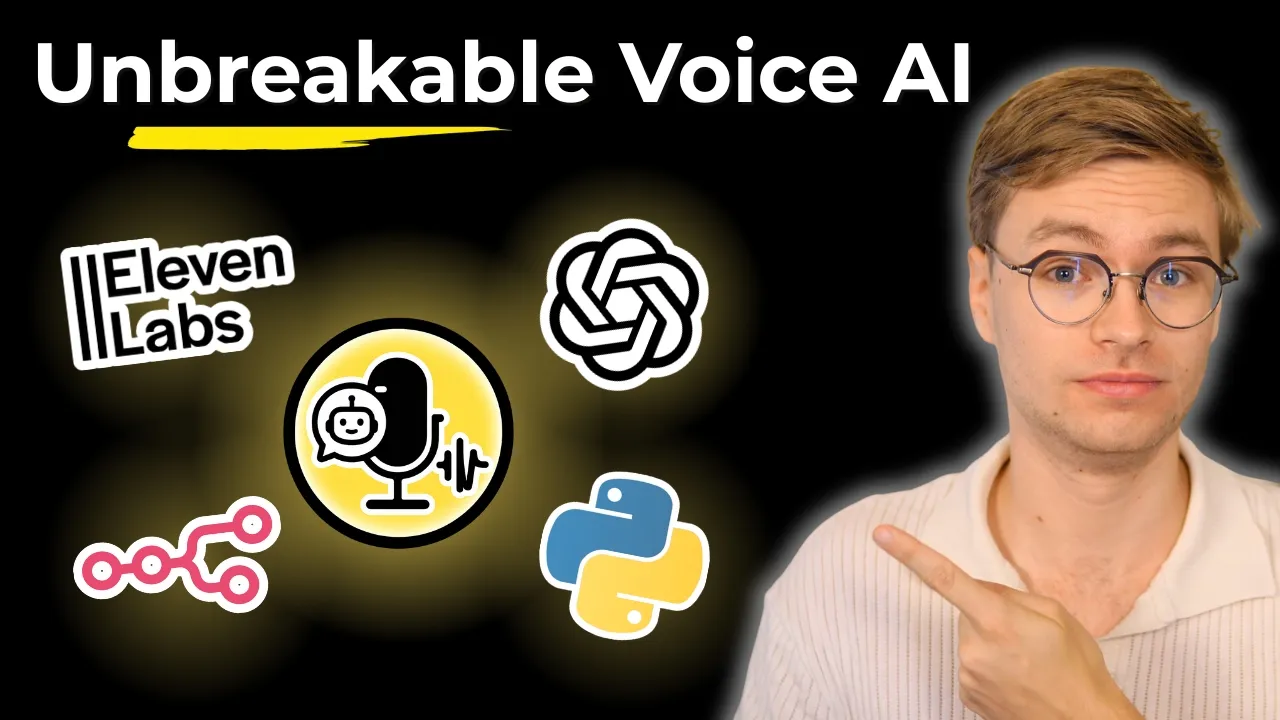AI Voice Agents for Nonprofits and Helplines
Nonprofits manage donor thank-yous, volunteer coordination, and helpline requests with limited staff. Most AI phone solutions promise relief but collapse when a supporter shares a heartfelt story or urgent need. In the video, the unsupervised agent ignored a frustrated caller because it clung to the original prompt. Mission-driven teams experience the same breakdown when callers describe multiple issues in one breath. The moderator loop prevents that spiral by supervising every turn, matching progress to a shared checklist, and coaching the agent toward mission-aligned empathy.
Why Mission Hotlines Need Moderation
Donors and beneficiaries expect warmth, accuracy, and clear next steps. A single prompt cannot hold campaign details, compliance language, and crisis protocols simultaneously. The model forgets to capture donation records, mishandles sensitive topics, or promises follow-ups the organization cannot deliver. That is how crucial supporters slip away.
Pairing the voice agent with a moderator adds a reliable partner. In the demo, the moderator nudged the agent to acknowledge frustration and gather improvement ideas. Applied to nonprofits, it keeps the agent grounded in the mission statement, confirms donor history, and escalates delicate situations to trained staff.
Build the Mission Support Checklist
Map the checkpoints every call should hit before closing:
- Caller identity, supporter type (donor, volunteer, beneficiary), and preferred language
- Purpose of the call such as donation update, event coordination, or resource request
- Compliance requirements like tax receipt confirmations or safeguarding protocols
- Next steps including thank-you follow-ups, volunteer onboarding, or referrals to partner services
Store this checklist inside the shared prompt so the moderator can flag gaps instantly. When the agent forgets to capture consent for future outreach, the moderator suggests a targeted prompt instead of replaying the entire script. This disciplined structure reflects the approach in AI Agent Development Practical Guide for Engineers.
Protect Compassion and Brand Voice
Mission-driven conversations must feel personal. The moderator protects that tone by coaching the agent to:
- Mirror the caller’s emotion respectfully
- Affirm the organization’s mission while explaining policies
- Offer human escalation when the caller shares sensitive information or distress
Those cues transformed the tone in the demo, and scaled across nonprofit hotlines they keep supporters engaged.
Turn Calls Into Mission Intelligence
Structured transcripts give leaders visibility into campaign fatigue, volunteer availability, and emerging community needs. Fundraising teams can tailor outreach, operations can plan resource allocation, and boards gain data-backed insights. Connect those findings with AI Agent Evaluation Measurement Optimization Frameworks to track impact on donor retention, volunteer hours, and response time.
Roll Out With Stewardship
Pilot the moderated agent on donor thank-you campaigns or event reminders. Compare conversations to human staff, review moderator coaching logs with development leaders, and refine the checklist alongside safeguarding policies. Once performance matches your baseline, extend to volunteer scheduling, informational helplines, and multilingual outreach. Keep prompts current using AI Agent Documentation Maintenance Strategy.
Next Steps
Watch the video walkthrough to see how the moderator packages checklist status, coaching, and suggested prompts. Then adapt the pattern to your mission support operations. Inside the AI Native Engineering Community we share nonprofit scripts, stewardship workflows, and rollout guides. Join us to deploy AI voice agents that protect compassion while scaling your impact.

